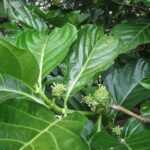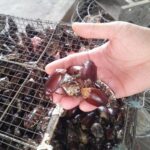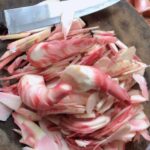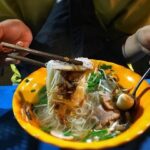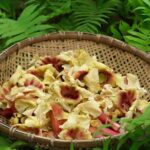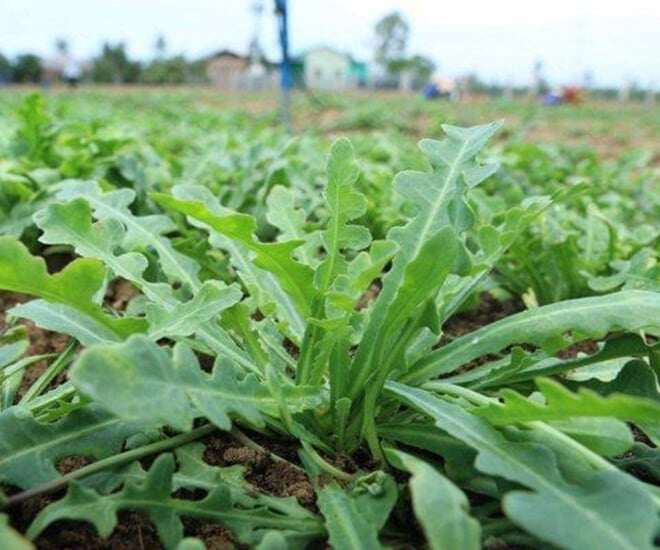
Launaea sarmentosa, or sea asparagus, is an incredible plant that thrives in the harsh, sunny, and windy coastal environment. With the scientific name Launaea sarmentosa (Willd.) Alston, it belongs to the Asteraceae family. This perennial herb creeps along the sandy surface, with slender yet resilient stems that can reach lengths of 20-30 cm. Sea asparagus is unique in its ability to root at the nodes, forming small clusters that firmly anchor it to the arid and saline soil.
Its leaves are arranged in a basal rosette, with each leaf deeply lobed and resembling a bird’s feather. The lobes are narrower towards the base and broader towards the tip. Despite the challenging conditions it endures, sea asparagus exhibits robust growth and requires minimal human intervention.
In coastal fishing villages, sea asparagus is a familiar sight, and locals often incorporate it into their diets. They may cook it in sour soup, eat it raw, pair it with grilled seafood, or dry it for later use. When consumed raw, it offers a slightly salty, refreshing, and crisp taste, while cooking brings out a distinctive sweet aftertaste. However, for a long time, sea asparagus was considered a worthless weed, sometimes even removed to clear the land.
A shift in perception occurred when locals like Ms. Le Thi Kim Hen from Thanh Phu district in Ben Tre province recognized the growing consumer demand for natural and organic produce. Ms. Hen took a bold step by offering sea asparagus for sale on social media. Starting with a few baskets of hand-picked sea asparagus from the shrimp ponds, she quickly gained positive feedback and expanded her harvesting area.
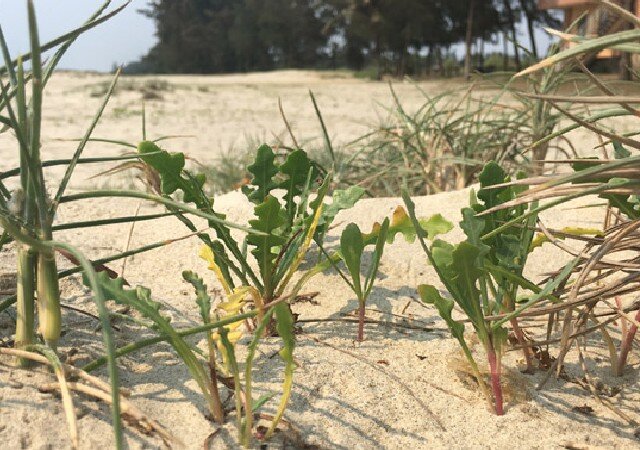
“You can’t really call it farming because it doesn’t require any special care,” Ms. Hen shared. “Too much sun or rain can cause the vegetables to rot, and fertilizer only makes things worse. They grow wild with the seasons, flourishing during the rainy season, and all I have to do is harvest and sell them.”
Sea asparagus is in high demand during the rainy season, with traders offering prices ranging from 70,000 to 100,000 VND per kg for both fresh and dried vegetables. They even purchase the entire plant, including the stems, leaves, and roots. Due to its natural growth and lack of fertilizer or irrigation, sea asparagus is truly an organic product, aligning with the trend towards healthy and natural food choices.
Various dishes featuring sea asparagus have become local specialties, attracting food enthusiasts from near and far. Beyond its culinary appeal, sea asparagus also boasts medicinal properties. In traditional Eastern medicine, it is believed to have a cooling effect, a slightly salty taste, and is used to promote digestion, diuresis, and detoxification. In India, it is even used as a substitute for dandelion in lactation-enhancing remedies.
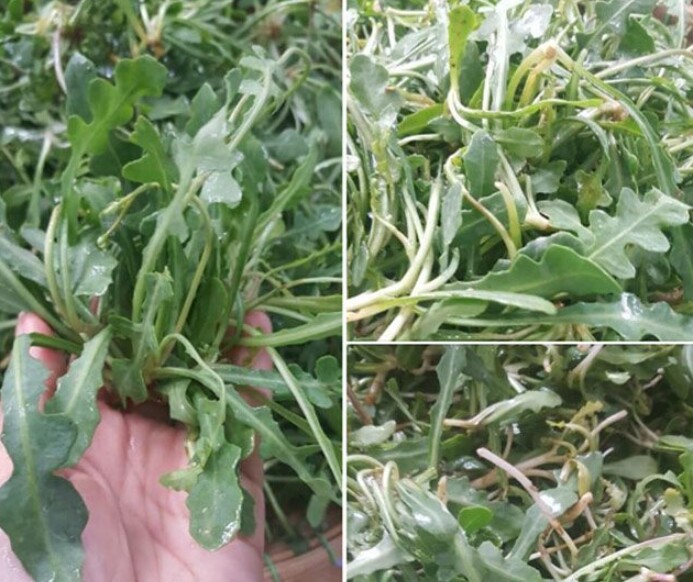
The Ultimate Quest for Saigon’s Iconic ‘Hu Tieu Go’: Unveiling the Secret to 250 Bowls Sold Nightly
For an authentic and delectable experience of Hu Tieu Go, seek out the renowned street-side stalls and humble vendors. These unsung heroes of Vietnamese cuisine offer a taste sensation that is truly exceptional. With every bowl, they serve up a hearty helping of tradition and a generous dash of passion, ensuring a memorable dining encounter.
The Forgotten Flower: A Tasty Treat for the Urban Forager
The Northwest is renowned for its majestic landscapes and unique culinary delights. Among these delights is the Ké flower, a forest flower with a distinct bitter taste that has captivated the palates of discerning food enthusiasts. This exotic ingredient may not be an easy flavor to acquire, but those who acquire a taste for it become enamored with its allure, eagerly anticipating its seasonal appearance to indulge in its distinctive flavor once more.

























